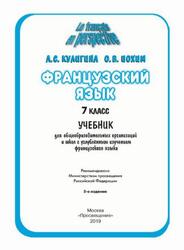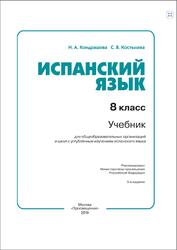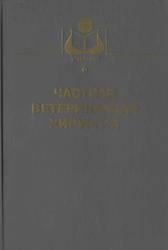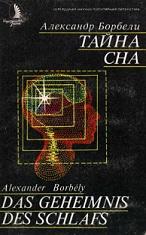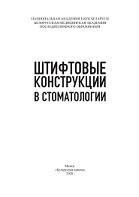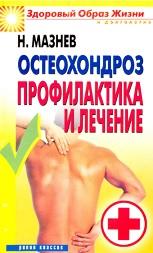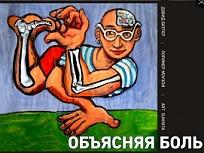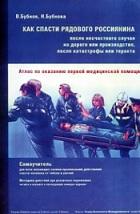Series Editor’s Preface.
I am delighted to introduce this volume of Neurosurgery by Example: Key Cases and Fundamental Principles. Neurosurgical training and practice are based on managing a wide range of complex clinical cases with expert knowledge, sound judgment, and skilled technical execution. Our goal in this series is to present exemplary cases in the manner they are actually encountered in the neurosurgical clinic, hospital emergency department, and operating room. In this volume, Dr. Jim Harrop, Dr. Christopher Maulucci, and their contributors share their extensive wisdom and experience with all major areas of spinal neurosurgery. Each chapter contains a classic presentation of an important clinical entity, guiding readers through assessment and planning, decision-making, surgical procedure, after care, and complication management. "Pivot points" illuminate the changes required to manage patients in alternate or atypical situations.
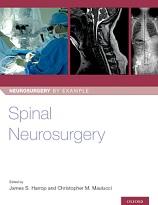
Decision-Making.
No uniform treatment algorithm has been established for odontoid fractures. Instead, each case should be tailored with special considerations for comorbidities, concomitant injuries, prior functional status, neurological status, and fracture morphology. Treatment options are also based on the risk of nonunion, favoring surgical intervention for patients with a higher risk of nonunion. Known risk factors for nonunion include age 50 years or greater, comminution, greater than 5 mm of posterior displacement, fracture gap of more than 1 mm, more than 4 days between injury and treatment, and greater than 10 degrees of angulation. Furthermore, there is extensive literature demonstrating a decrease in mortality with operative fixation and an improvement in health-related quality of life outcomes in type II fractures in the geriatric population. Adults with a type II fracture without nonunion risk factors can be managed in a hard collar or a halo vest to prevent subsequent displacement. Most commonly, adults with risk factors for nonunion or geriatric patients who may safely undergo anesthesia are treated with a posterior CI—C2 fusion. In the properly selected patient, an odontoid screw may be beneficial, but this has been demonstrated to lead to a high risk of dysphagia in the elderly as well as screw pull-out in the setting of osteopenia/osteoporosis.
Contents.
Series Editor's Preface Contributors.
1. Odontoid Fracture Type II Daniel Tarazona and Alexander R. Vaccaro.
2. Cervical Fracture Dislocation Jason Liounakos, G. Damian Brusko, and Michael Y. Wang.
3. Occipitocervical Dislocation Alexander B. Dru and Daniel J. Hoh.
4. Central Cord Injury Bizhan Aarabi, Charles A. Sansurt David M. Ibrahimi, Mathew Kole, and Harry Mushlin.
5. Atlantoaxial Instability Jonathan M. Parish and Domagoj Coric.
6. Basilar Invagination and Cranial Settling Benjamin D. Elder and Jean-Paul Wolinsky.
7. Cervical Myelopathy: Lordosis Randall J. Hlubek and Nicholas Theodore.
8. Cervical Myelopathy: Kyphosis Mario Ganau, So Kato, and Michael G. Fehlings.
9. Ossification of the Posterior Longitudinal Ligament: Cervical Todd D. Vogel, Hansen Deng, and Praveen V Mummaneni.
10. Cervical Radiculopathy Due to Central Disc: ACDF/Arthroplasty Mazda K. Turel and Vincent С Traynelis.
11. Cervical Radiculopathy: Lateral Disc Foramintomy Michael Karsy, Ilyas Eli, and Andrew Dailey.
12. Thoracic Disc Herniation Derrick Umansky and James Kalyvas.
13. Thoracolumbar Burst Fractures Omaditya Khanna, Geoffrey P. Stricsek, and James S. Harrop.
14. Thoracic Cord Compression: Extradural Tumor Tej D.Azad,Anand Veeravagu,John K. Ratliff, and Atman Desai.
15. Spinal Cord Tumor: Intramedullary Rajiv R. Iyer and George I.Jallo.
16. Spinal Cord Tumor: Intradural Extramedullary Michael A. Galgano,Jared Fridley, and Ziya Cokaslan.
17. Radiation-Sensitive Spine Tumor Adam M. Robin and Ilya Laufer.
18. Cauda Equina Syndrome Emily R Sieg, Justin R. Davanzo, and John P. Kelleher.
19. Lumbar Stenosis Miner N. Ross and Khoi D. Than.
20. L4—L5 Degenerative Spondylolisthesis Rani Nasser, Scott Zuckerberg, and Joseph Cheng.
21. Isthmic Spondylolisthesis Evan Lewis and Charles A. Sansur.
22. Lumbar Degenerative Scoliosis Michael LaBagnara, Durga R. Sure, Christopher I. Shaffrey, and Justin S. Smith.
23. Flat Back Deformity Yusefl. Mosley and James S. Harrop.
24. Diskitis Jacob R.Joseph, Brandon W. Smith, and Mark E. Oppenlander.
25. Epidural Abscess Hector G. Mejia Morales and Manish K. Singh.
26. Nonsurgical Spinal Diseases Lahiru Ranasinghe andAimee M.Aysenne.
Index.
Бесплатно скачать электронную книгу в удобном формате, смотреть и читать:
Скачать книгу Spinal Neurosurgery, Harrop J.S., Maulucci Ch.M., 2019 - fileskachat.com, быстрое и бесплатное скачивание.
Скачать pdf
Ниже можно купить эту книгу, если она есть в продаже, и похожие книги по лучшей цене со скидкой с доставкой по всей России.Купить книги
Скачать - pdf - Яндекс.Диск.
Дата публикации:
Хештеги: #Harrop :: #Maulucci :: #2019 :: #neurosurgery
Смотрите также учебники, книги и учебные материалы:
Следующие учебники и книги:
Предыдущие статьи:

